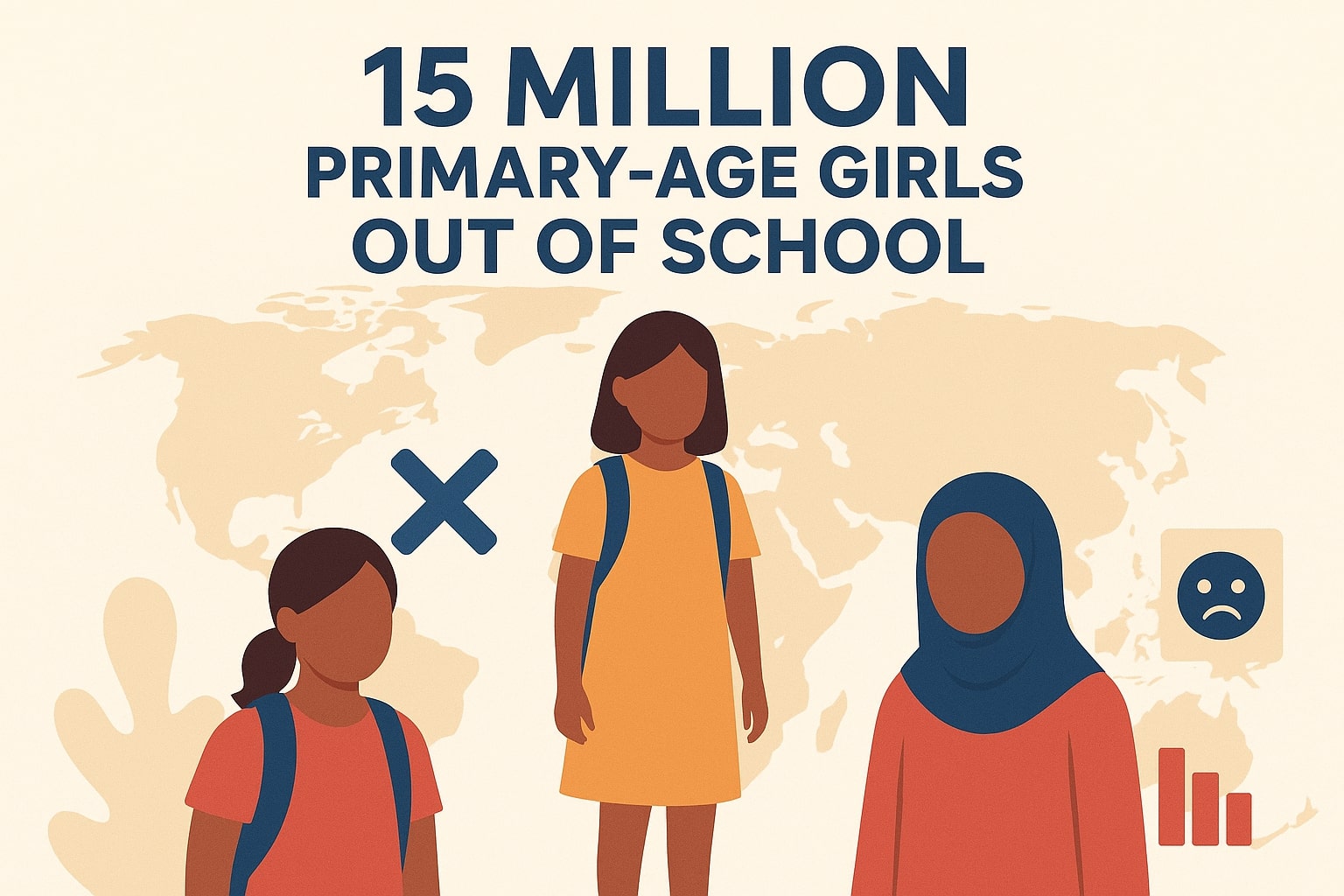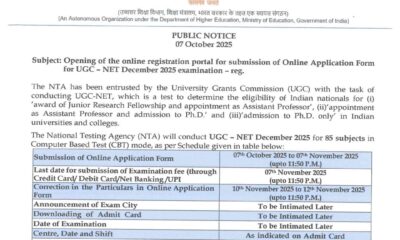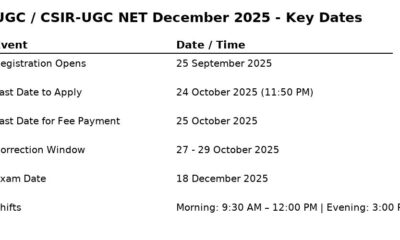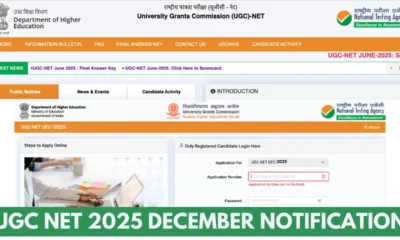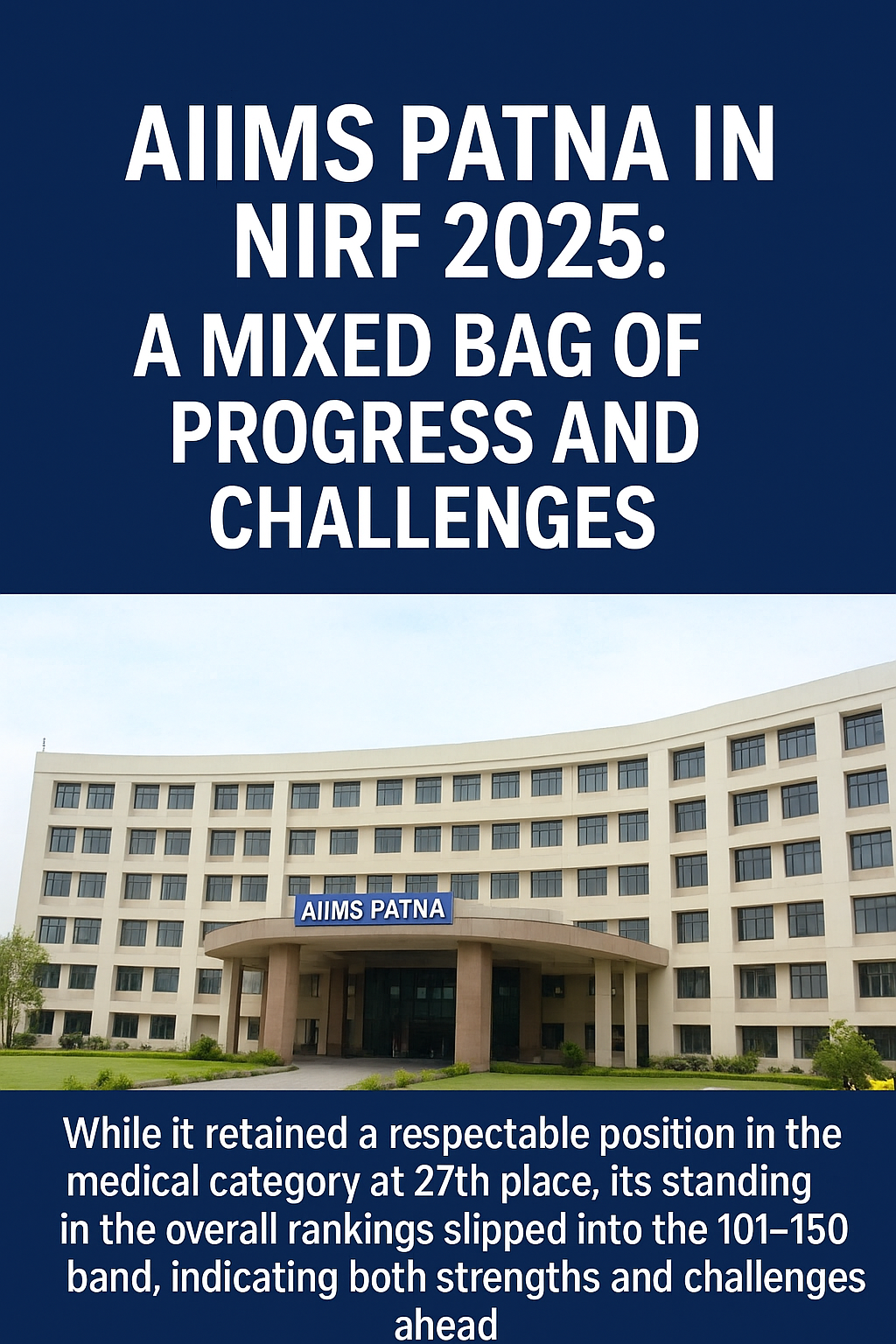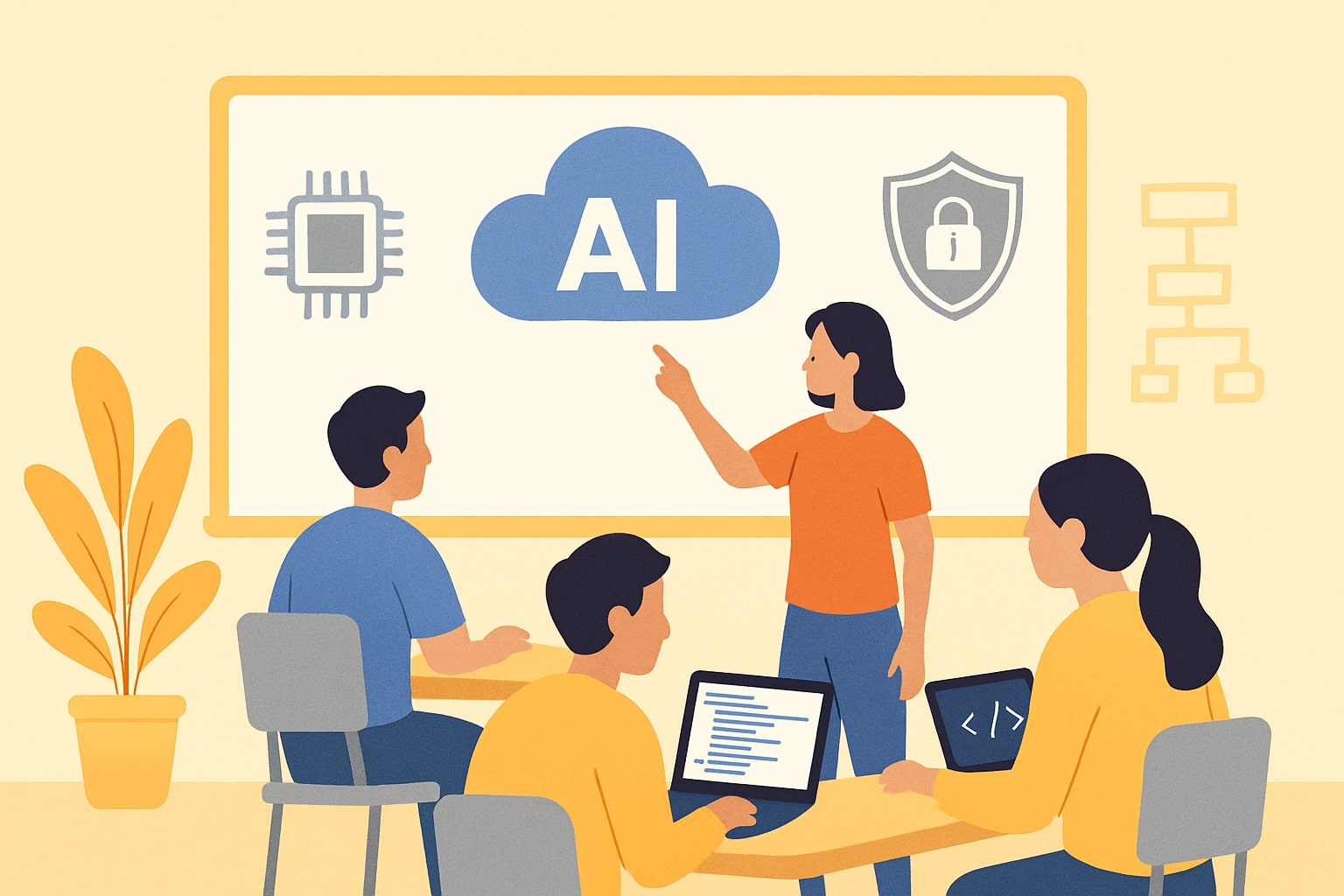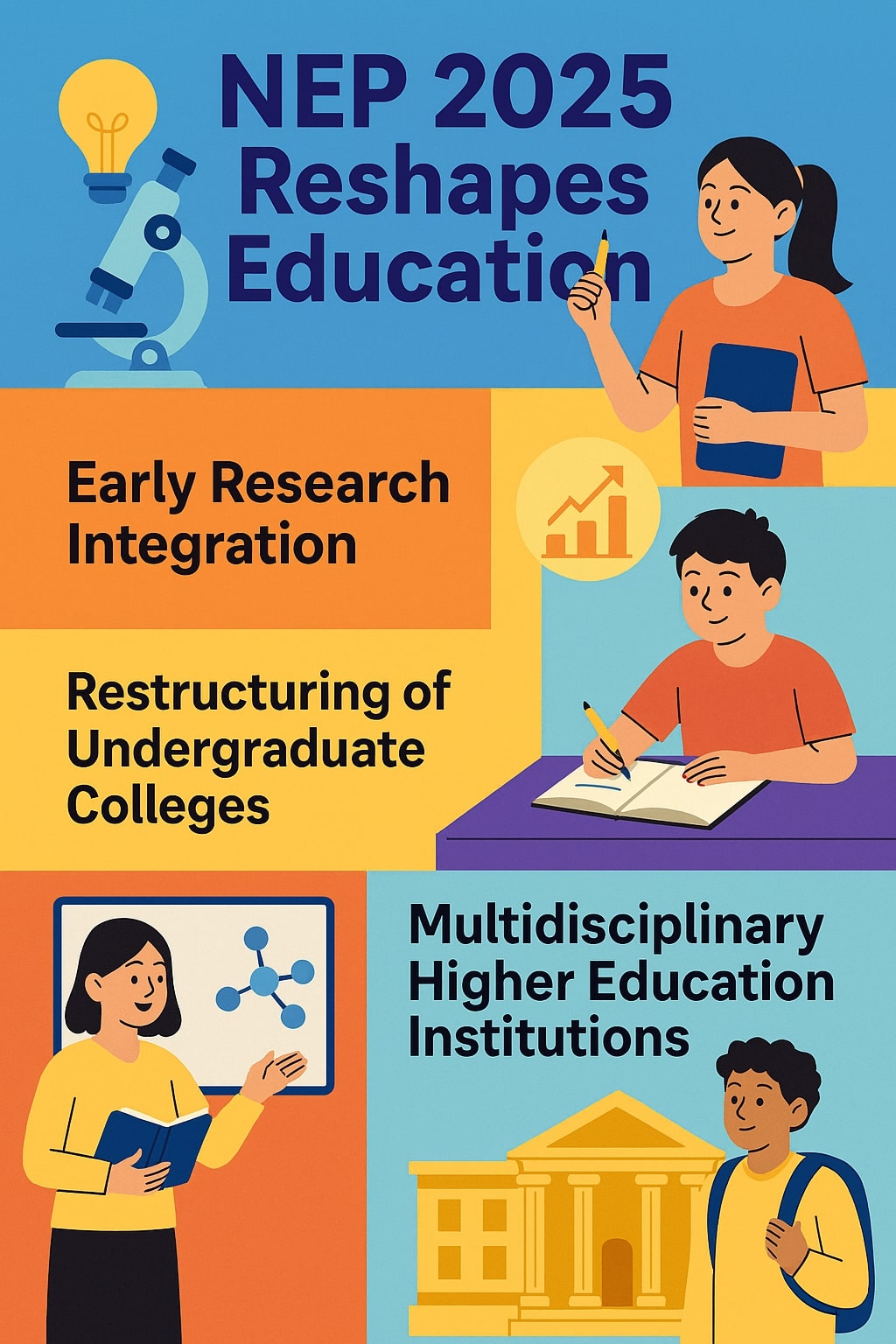India’s New Education Policy for 2025 places a strong emphasis on embedding research-based learning from the earliest stages of education. Students in both schools and undergraduate programs will now engage in exploratory and inquiry-driven education, fostering critical thinking, innovation, and academic curiosity from a young age. The idea is to move away from rote memorization and elevate the status of learning through inquiry across all grade levels.
Restructuring Undergraduate Education
Under NEP 2025, traditional colleges are being transformed into Multidisciplinary Higher Education Institutions (MHEIs). These institutions grant students greater flexibility in course choices, allowing for combinations across streams such as humanities, sciences, and vocational studies. The aim is to provide a customizable education that better aligns with students’ interests and real-world demands.
A key highlight is the introduction of a four‑year undergraduate degree, with embedded research as a core component. Within this structure, students may opt for multiple exit options:
- Certificate after one year
- Diploma after two years
- Full degree after three or four years, including a substantial research component in the final year
This integrated approach expands access to higher education while formally acknowledging student progress at each stage.
Research in Schools & Higher Education
NEP 2025 encourages even school students to engage with research concepts via projects, science fairs, and interdisciplinary assignments. In higher education, MHEIs are expected to offer research labs, mentorship, and early engagement in exploration and innovation. This shift aims to narrow the gap between theory and practice, preparing learners to contribute meaningfully to academia and society.
Broader Goals & Future Outlook
Beyond research and structural reforms, NEP 2025 continues to promote broader transformation goals:
Emphasis on multilingual education, foundational literacy, and holistic development
Implementation of the 5+3+3+4 schooling structure, reinstating rigor in student assessment
Gradual creation of a single higher education regulator to consolidate existing councils like UGC, AICTE, and NCTE into a unified body
Targets for the future include raising the higher‑education Gross Enrollment Ratio (GER) and increasing India’s global ranking in research output
Significance & Impact
These reforms mark a major shift in India’s educational philosophy. By ushering research culture from early stages, students are encouraged to think critically and independently. Transforming colleges into MHEIs dismantles rigid disciplinary boundaries, making education more adaptive and responsive to emerging global challenges.
In essence, NEP 2025 doesn’t merely add research as a module—it transforms it into a core pillar, reshaping how Indian students learn, innovate, and prepare for the world.

 Tech4 months ago
Tech4 months ago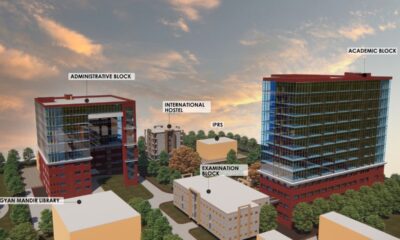
 Bihar4 months ago
Bihar4 months ago
 Results3 months ago
Results3 months ago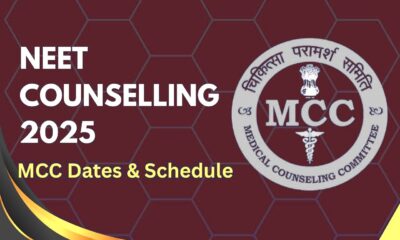
 Admissions3 months ago
Admissions3 months ago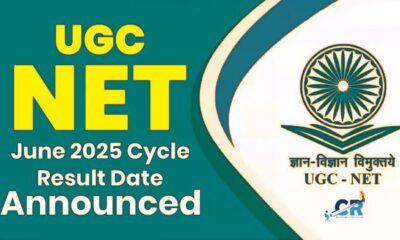
 Results4 months ago
Results4 months ago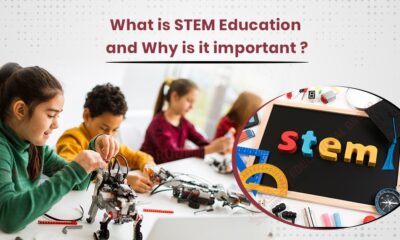
 Education4 months ago
Education4 months ago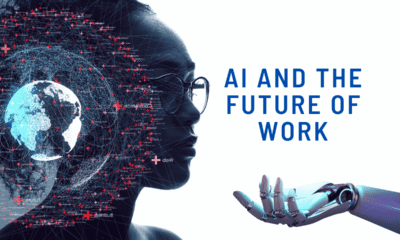
 Education3 months ago
Education3 months ago
 Business3 months ago
Business3 months ago
